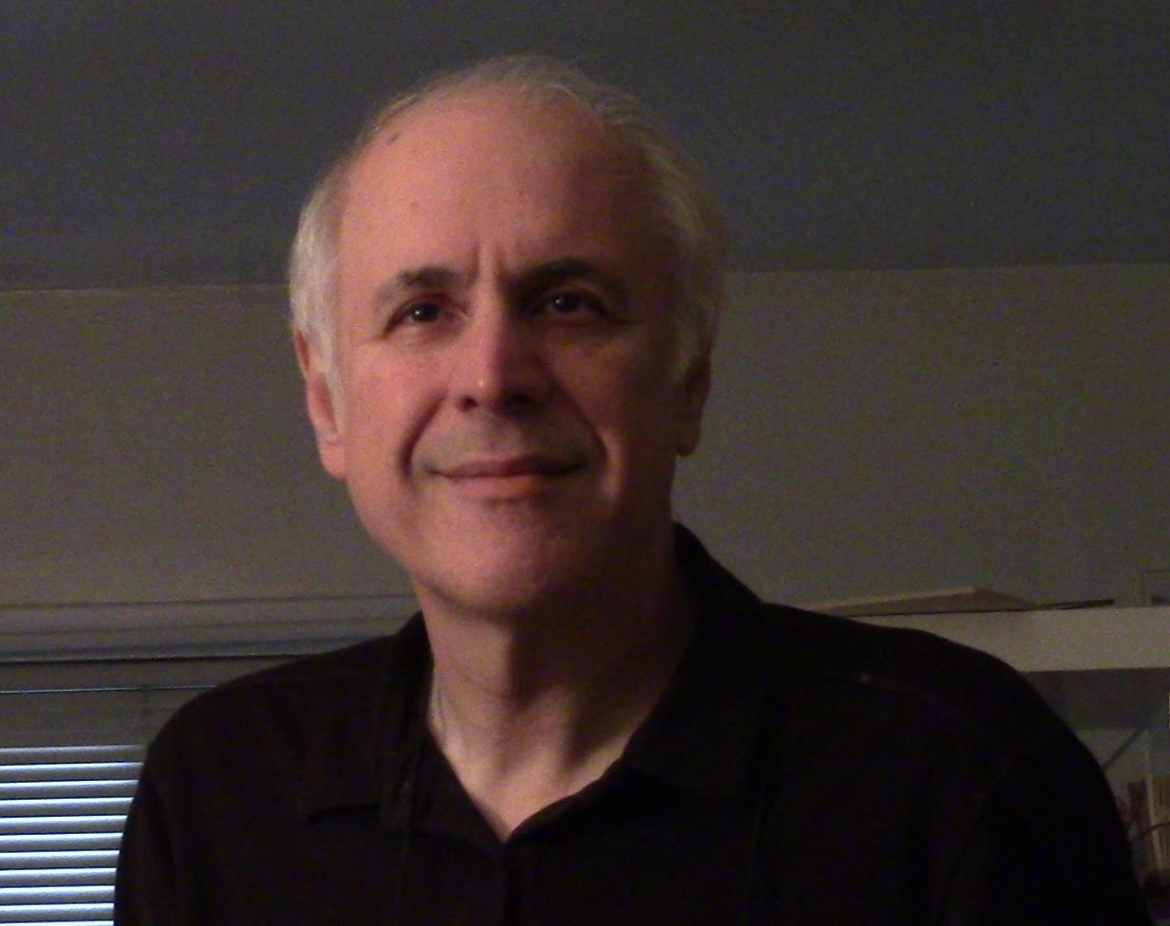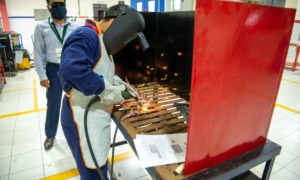 Suppose, hypothetically, you could gather in one room 333 former foster children. Now, suppose you asked how many of them had been abused while in foster care. Does anyone seriously believe that only one of those 333 former foster children would raise her or his hand?
Suppose, hypothetically, you could gather in one room 333 former foster children. Now, suppose you asked how many of them had been abused while in foster care. Does anyone seriously believe that only one of those 333 former foster children would raise her or his hand?
Both common sense and an overwhelming mass of evidence says: Of course not.
But, apparently, Wendy Rickman wants us to believe it. That’s frightening, because Rickman is a high-ranking official in a state child welfare agency. She runs the division of adult, children and family services for the Iowa Department of Human Services (DHS).
In an exercise in alternative facts worthy of Kellyanne Conway, Rickman told state legislators in June: “For the kids that reside in foster care in the state of Iowa, 99.7 percent of the time are free from any kind of maltreatment — 99.7 percent.”
That’s one out of 333.
Rickman had plenty of reason to be on the defensive. At the time she made her claim there had been three horrific cases of child abuse, two of them fatal, in less than a year. All of them involved foster parents who adopted the children they allegedly abused. In the brief time since Rickman spoke there’s been a fourth case, again involving an adoptive parent.
Had the alleged abusers in even one of these horror-story cases been birth parents there would have been a wave of attacks on efforts to keep families together. Politicians would be railing about the state supposedly putting family preservation ahead of child safety — and there would be a foster care panic, a huge spike in needless removals of children.
But even after four cases involving foster care, no one is asking whether Iowa should re-examine its take-the-child-and-run approach to child welfare — the state removes children at one of the highest rates in the country.
To help ensure that no one takes a close look at wrongful removal and how it endangers children, Rickman offers up her alternative facts.
She didn’t make up the 99.7 percent figure out of whole cloth — not exactly. Rather these are the official results when DHS investigates allegations of abuse in foster care — in other words, when DHS investigates itself. Other states get similar results when their child welfare agencies investigate themselves — and their child welfare officials make similar claims.
To see the extent to which DHS buries its head in the sand about abuse in foster and adoptive homes, consider the most recent case: There were 68 reports; an older sibling even posted video of the abuse on Facebook and gave it to authorities. But no one responded until the older sibling gave the videos to a newspaper.
That might help explain the 99.7 percent figure.
But compare those figures to studies done by independent researchers. In some cases, they went back and pored over case records. In other cases they really did ask former foster children what happened to them.
Here’s what they found:
- A study of foster children in Oregon and Washington state found that nearly one third reported being abused by a foster parent or another adult in a foster home. That study didn’t even include cases of foster children abusing each other.
- In a study of investigations of alleged abuse in New Jersey foster homes, the researchers found a lack of “anything approaching reasonable professional judgment” and concluded that “no assurances can be given” that any New Jersey foster child is safe.
- A study of cases in metropolitan Atlanta found that among children whose case goal was adoption, 34 percent had experienced abuse, neglect or other harmful conditions. For those children who had recently entered the system, 15 percent had experienced abuse, neglect or other harmful conditions in just one year.
So is it any wonder that even Marcia Lowry, former executive director of the group that calls itself Children’s Rights and no friend of family preservation, says:
“I’ve been doing this work for a long time and represented thousands and thousands of foster children, both in class-action lawsuits and individually, and I have almost never seen a child, boy or girl, who has been in foster care for any length of time who has not been sexually abused in some way, whether it is child-on-child or not.”
This does not mean that all, or even many, foster parents are abusive. The majority do the best they can for the children in their care — like the overwhelming majority of parents, period. But the abusive minority is large enough to cause serious concern — or at least it should.
When the Arizona Republic found that its own reporting was turning up far more abuse in foster care than the state was letting on, they took a closer look. They found:
“Both in Arizona and nationally, there is a huge disconnect. In 2014, of 46 states that reported data to the federal Children’s Bureau, all claimed that fewer than 2 percent of children in foster care had been harmed in the prior year. Arizona said that barely a tenth of 1 percent of children in care were verifiably harmed.
“But in surveys going back for decades, from 25 percent to as high as 40 percent of former foster children report having been abused or neglected in care.”
If anything, the problem is likely to be worse in Iowa because the state’s high rate of removal overloads the foster care system, increasing the pressure to ignore warning signs about abuse.
Instead of facing up to this mess, Rickman rubs rhetorical salt in the wounds of all those abused foster children by telling lawmakers the harm done to them never happened.
If Wendy Rickman seriously believes what she told legislators she should be fired for willful ignorance.
If she doesn’t really believe it, she should be fired for misleading lawmakers.
Richard Wexler is executive director of the National Coalition for Child Protection Reform, www.nccpr.org





























